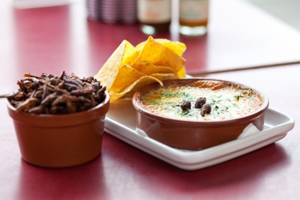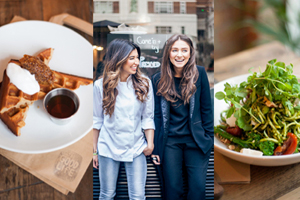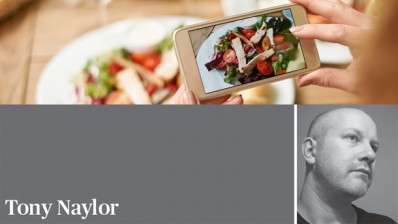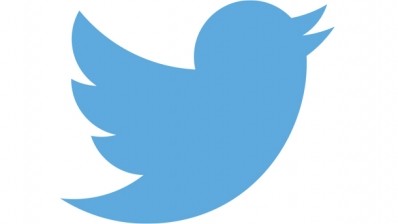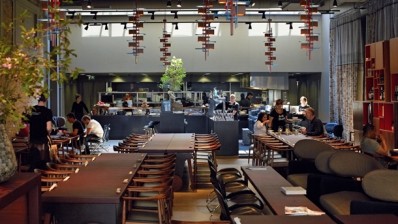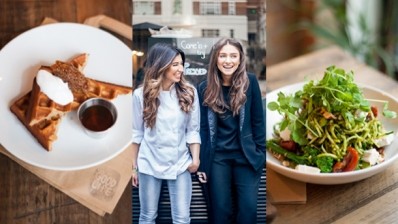How to use Twitter to benefit your restaurant
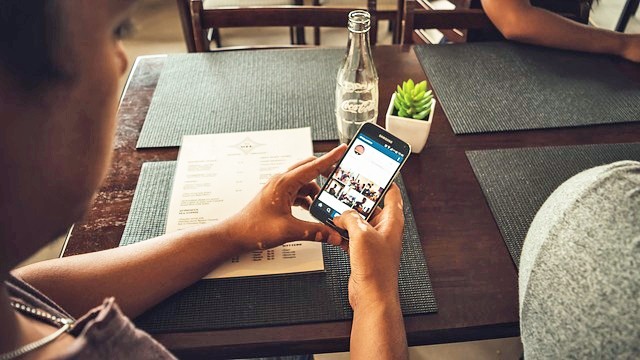
On 12 June chefs and operators will be participating in Twitter's #FoodFriday, where they are being encouraged to share recipes, engage with customers and offer a behind the scenes look at their site.
In the run up to the event BigHospitality spoke to marketing experts from Wahaca, Sticks'n'Sushi and The Good Life Eatery to find out how social media has worked for their brands and to hear their top tips on how restaurants can use it to their advantage.
Sticks'n'Sushi
Despite having a large following in Denmark, Danish-Japanese restaurant Sticks’n’Sushi was relatively unknown in the UK when it launched in London in 2012.
Marketing consultant, Vikki O’Neill, who runs the social media for the group, said Twitter was key in building the brand’s following in the run up to its Wimbledon opening.
She said: “We started tweeting about two months before we opened the door just to build up some local connections and get to know the people in Wimbledon. We followed a lot of local residents and businesses showing them the progress of the building work and people were really interested. At the soft launch all the customers were tweeting and taking pictures of the food and it just snowballed from there.”
Sticks’n’Sushi has recently opened its fourth London site in Canary Wharf’s Crossrail building, and also has restaurants in Covent Garden and Greenwich.
O’Neill said engagement was key in building customer loyalty on social media.
“You need to constantly be checking for mentions of your brand and replying to everyone that has tweeted you as a matter of courtesy and manners. If they’ve bothered to come in and have a good time and tell you about it on Twitter you shouldn’t ignore it.
“Search for mentions of your brand. People may be having a conversation with someone else about you or asking where to go for sushi in the local area. That gives you a chance to jump in and say hello and offer a table booking. This way you can get the lead on Twitter and also generate a sale.”
She stressed that social media should be treated as a ‘communications channel to your guests’ rather than a sales platform.
“Don’t push sales on your guests because then they will just tell you to leave them alone. You have to engage with them to create a long term relationship.”
Twitter is also a useful tool for dealing with customer complaints, with the brand able to respond directly to any issues.
O’Neill said: “If [customers] tweet you in the restaurant you have a chance to go over to the table and apologise and try to help so they leave happy.
“People may have such a loyalty to you through social media that if something goes wrong they will private message you so the complaint isn’t a public.
“The worst thing is someone having a bad time, never venting their frustration and never coming back, because then you don't have the chance to put it right.”
Wahaca
Mexican restaurant chain Wahaca has successfully used social media shape its menu.
From mid-May to the 9 June, diners have been asked to tweet their feedback on new dishes using the hashtag #BetaEater.
Oli Ingham, marketing manager at Wahaca, said: “We've just had a huge menu overhaul and wanted to give customers an opportunity to tell us whether what we were doing was right. There’s been really consistent feedback - some dishes we trialled weren’t so popular so we’ve taken them off the menu, and we’ve added some old favourites back on. The number of people talking about our food online has gone up since it launched.”
Twitter feedback has also given the brand a chance to trial more innovative menu options, such as Mexican grasshoppers Chapulines. Wahaca introduced two hashtags for people to vote on the dishes including the insects, #ChapuliYES and #ChapuliNO.
Ingham said: “We trialled [the grasshoppers] as a special for a month then extended it. We sold 2000 dishes in two months, and only four people used the negative hashtag. From that we put the dish in to all of our restaurants and it’s on the menu at the moment.
“Social media enables us to be more innovative and try new things, if customers don’t like it then they can let us know.”
Founder Thomasina Miers has leant her support to Twitter’s #FoodFriday initiative, which coincides with the launch of the brand’s new Culinary Tour menu in its Covent Garden restaurant. Designed to highlight dishes served in different regions of Mexico, the brand will be using #FoodFriday to give customers a first look at its new offering.
The Good Life Eatery
Yasmine Larizadeh, co-founder of The Good Life Eatery, credits the success of the brand’s ‘clean food with attitude’ to loyal customers spreading the word through social media.
“We have 100 per cent seen a drive in customers from social media because we haven’t used a lot of advertising and marketing apart from Facebook, Instagram and Twitter,” she said.
After launching in Chelsea in 2013 the brand has just opened its second site in Marylebone, with a third planned to open in London by the end of the year.
Larizadeh explained that she primarily used Instagram, which is ‘full of people taking pictures of food’, over Twitter as she felt it was better at connecting with the younger generation.
“At the end of the day food has to be visual so [Instagram] works better for our industry. We had a lot of following through celebrities that would Instagram our food.
“Personally I feel Twitter is more for news outlets and larger companies. The younger generation aren’t so avid on Twitter now, it’s more 30-year-olds upwards, and a lot of them react better on Instagram.”
So what tips can the brand offer for other restaurants to emulate their success?
Larizadeh explained that remaining personal and having a sense of humour was key.
“We post a lot of funny things like memes or fitness videos about vegan or vegetarian people. People react better when it’s more lighthearted and funky and when you actually level with them personally,” she said.
She added that creating posts based on the time of day was important.
“If you’re posting before lunch that’s good because it’s when everyone’s hungry, or if it’s a Sunday when a lot of people are hungover I’ll post a green juice because it’s what people would want at that time. Levelling personally with your audience and with your customers is really important.”
